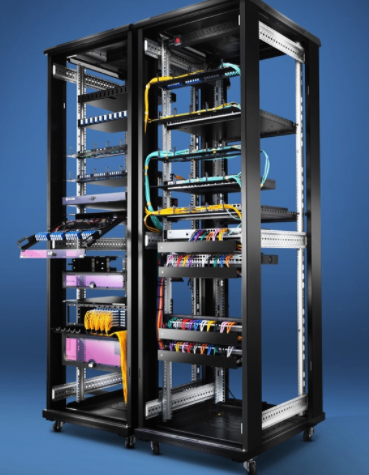Oufu Optical Fiber Cable Co.,Ltd
Address: Shenyang, Liaoning, China
Contact person: Manager Zhang
Phone: 400-964-1314
Mobile phone: +86 13904053308
【whatsapp && wechat】
2024-05-29 3059
How to Install and Maintain an LC Patch Panel - A Practical Guide with Tips and Tricks
www.adsscable.cn
Installing and maintaining an LC patch panel is crucial for ensuring the smooth operation of your fiber optic network. An LC patch panel provides a centralized point for connecting, managing, and routing fiber optic cables, making it a vital component of any modern communication system. This guide will walk you through the process of installing and maintaining an LC patch panel, providing practical tips and tricks to help you get the job done efficiently and effectively.

Installing an LC Patch Panel
Planning and Preparation:
Start by determining the location of the patch panel. Choose a spot that is accessible, well-ventilated, and away from potential hazards.
Measure the space to ensure that the patch panel will fit properly. Consider leaving some extra room for future expansion.
Gather the necessary tools and equipment, such as screwdrivers, fiber optic cables, adapters, and cleaning supplies.
Mounting the Patch Panel:
Use the provided mounting brackets or screws to securely attach the patch panel to the wall or rack.
Make sure that the panel is level and stable to prevent any potential damage to the ports or cables.
Connecting the Cables:
Clean the end faces of the fiber optic cables using a lint-free cloth and alcohol. This is crucial to prevent any dirt or debris from contaminating the connections.
Carefully insert the cables into the appropriate ports on the patch panel. Ensure that the cables are fully seated and secure.
Use adapters or couplers to connect cables if necessary. Always ensure that the adapters are compatible with your cables and patch panel.
Testing and Verification:
After connecting all the cables, use a fiber optic tester or light source and power meter to verify the connections. This will help you identify any potential issues or faults.
Check for any loose or damaged cables and replace them if necessary.
Maintaining an LC Patch Panel
Regular Cleaning:
Regularly clean the patch panel and its components using a lint-free cloth and alcohol. This will help remove any dirt, dust, or debris that may accumulate over time.
Avoid using harsh chemicals or abrasive cleaners, as they may damage the panel or its components.
Inspecting the Connections:
Periodically inspect the cable connections on the patch panel to ensure that they are tight and secure. Loose or damaged connections can lead to signal loss or network instability.
Replace any worn-out or damaged cables or adapters as soon as possible.
Labeling and Organization:
Labeling the cables and ports on the patch panel can help you quickly identify and troubleshoot any issues. Use clear and concise labels that are easy to read.
www.adsscable.cn
Organize the cables neatly on the panel to prevent any tangles or kinks that may damage the fibers.
Monitoring and Testing:
Regularly monitor the performance of your fiber optic network using testing equipment. This will help you identify any potential issues or faults before they become serious problems.
Perform periodic tests on the patch panel and its connections to ensure that they are operating properly.
In conclusion, installing and maintaining an LC patch panel requires careful planning, precise execution, and regular maintenance. By following the steps outlined in this guide and using the provided tips and tricks, you can ensure that your LC patch panel is installed correctly and maintained effectively, providing reliable and stable connectivity for your fiber optic network.